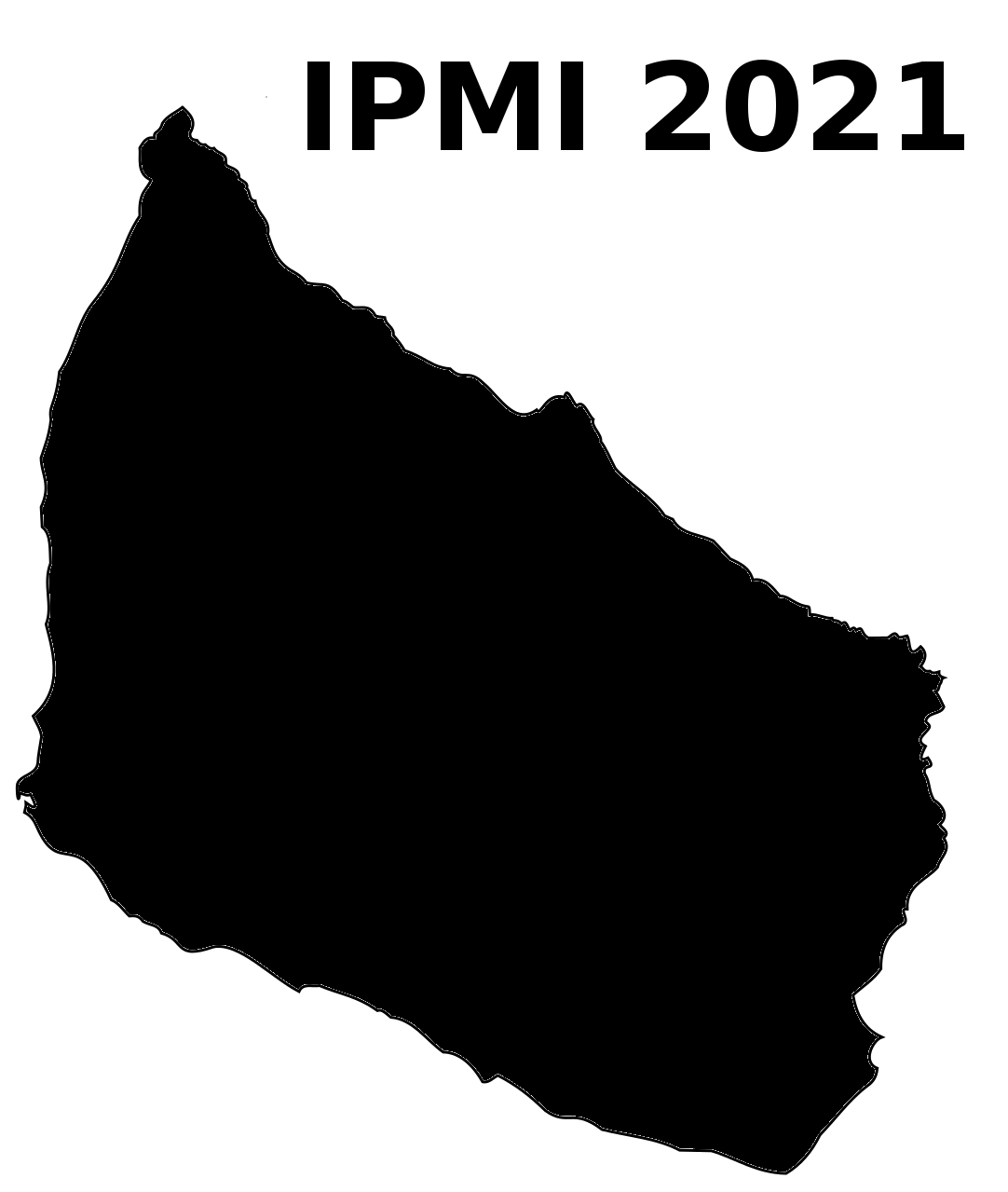Authors: Matthias Perkonigg (Medical University of Vienna)*; Johannes Hofmanninger (Medical University of Vienna); Georg Langs (Medical University of Vienna)
Abstract:
Imaging in clinical routine is subject to changing scanner protocols, hardware, or policies in a typically heterogeneous set of acquisition hardware. Accuracy and reliability of deep learning models suffer from those changes as data and targets become inconsistent with their initial static training set. Continual learning can adapt to a continuous data stream of a changing imaging environment.
Here, we propose a method for continual active learning on a data stream of medical images. It recognizes shifts or additions of new imaging sources – domains -, adapts training accordingly, and selects optimal examples for labelling. Model training has to cope with a limited labelling budget, resembling typical real world scenarios. We demonstrate our method on T1-weighted magnetic resonance images from three different scanners with the task of brain age estimation. Results demonstrate that the proposed method outperforms naive active learning while requiring less manual labelling.
